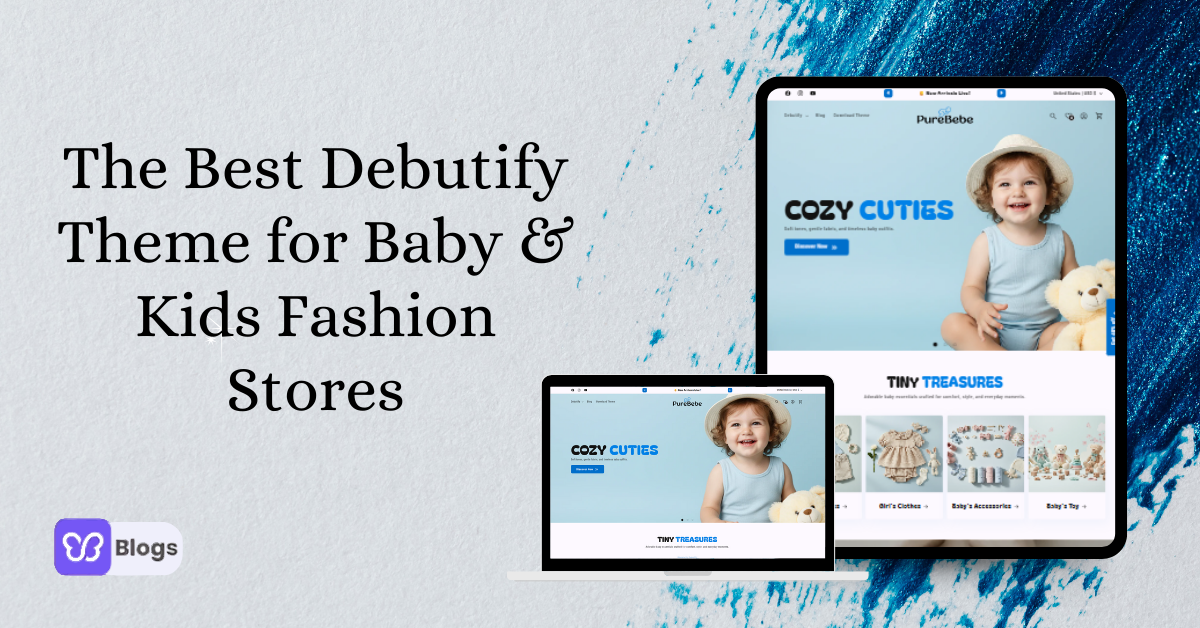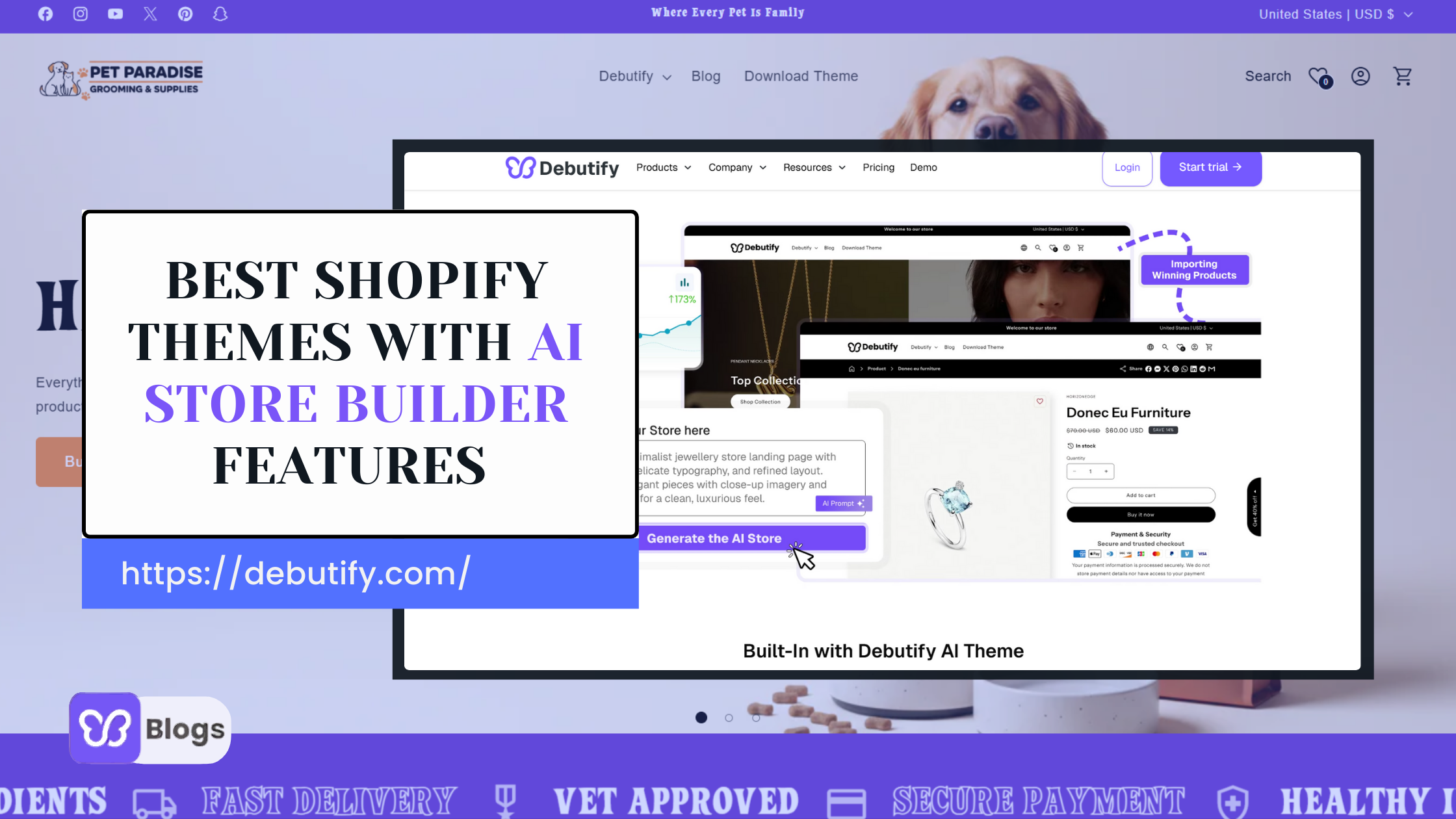Digital marketers are already aware that converting a first-time visitor into a paying customer isn't as easy as it may sound.
Customers visit your website, show interest in your products, even add stuff to their carts, and leave without any apparent reason.
Sounds disappointing, right? Fret not, as you can retarget those prospects by leveraging a remarketing strategy.
In this post, we will walk you through various remarketing campaign tips and tricks to drive conversions.
But before that, first, have a quick look at what remarketing is, how it works, and why having a foolproof remarketing plan is a MUST for your online business's growth and success.
What Is Remarketing?
The term remarketing is often used interchangeably with retargeting. While you have seen these terms used interchangeably, they're slightly different in terms of meanings. How? Let us explain.
A remarketing strategy revolves around re-engaging customers through emails, and it is a highly effective tool for different verticals. On the other hand, retargeting uses paid ads to re-engage visitors who have visited your official site or social media profiles earlier.
Despite having different meanings, both retargeting and remarketing have similar goals - nurture leads, create brand awareness, and engage qualified audiences who're already aware of your brand and its offers.
With remarketing, you can keep your brand at the forefront of your visitor's minds. Since they have already viewed your products, remarketing helps them remember your brand whenever they see an advertisement for similar products afterward.
How Does It Work?
Remarketing is based on tracking pixels. These pixels track visitors' browser cookies and recognize if they have been on a particular website earlier.
With these cookies, you can easily segment visitors based on similar characteristics. Once you have a segmented audience, you can run a remarketing campaign to reach qualified leads.
What Is A Remarketing Strategy?
A remarketing strategy is an integral element of your marketing plan that allows you to reconnect with people who have already shown interest in your offers.
An effective remarketing strategy combines different marketing tactics to help owners re-engage with their prospects and get more conversions.
If you're looking to leverage this effective marketing strategy but are not sure where to start, you have come to the right page. In this section, we're going to reveal a few steps you must follow to build a result-driven remarketing strategy.
Set Goals
The first step to creating a remarketing strategy is setting goals. What are your objectives? What are you going to do with your ads?
Yes, driving conversions is your motto. But, conversions are not necessarily in the form of monetary benefits or sales. For instance, if you're a B2B consulting firm, you might be looking to exchange a free ebook link in exchange for an email id - and that is a conversion for you.
So no matter what type of business you run, it is critical to have clear expectations in mind before you build a remarketing strategy for your business.
Choose Advertising Platforms
The next step is to decide on the type of platform you want to advertise on.
Some businesses prefer search engines for remarketing, while others stick to social media channels to re-engage visitors. The platform you should choose for your ecommerce business depends on your goals.
When you advertise on social media channels, your chances of getting likes and shares will automatically increase.
On the other hand, search engine advertising gives your brand a chance to re-engage visitors across the web.
The good news is you don't have to limit yourself to a single platform. Use multiple platforms to increase your brand's visibility across different platforms.
Research also indicates that most customers need to see a brand at least 7-times before they purchase anything from it. So yes, the more your brand appears on different websites and social media channels, the better.
Segment Your Audience
Once you have successfully set your goals and selected an advertising platform, it is time to define your target audience.
This step is critical as you can never retarget visitors without knowing who your ideal customers are.
There are different ways you can segment your target audience. For instance, you can define your ideal customers based on location, demographics, buying preferences, or more.
Also, you can retarget only those visitors who have taken any specific action on your website. For example, you can specify only that group of people who have included items in their carts or entered any particular keywords in a search box.
Optimize Your Approach
Creating high-quality and premium content is about defining the right audience and addressing them in your brand's voice and unique tone.
Luckily, there are different tools available in the market you can use to optimize your remarketing campaigns. For instance, you can leverage responsive ads if you're remarketing via Google.
Run Your Ads And Track Results
Congratulations! You're now all set to run and track your ads. Almost all advertising platforms come with a built-in analytics feature, making it easier for you to track and measure performance at each step.
If you find any of your ads not performing well, you can enhance them to recapture the attention of your prospects.
Remarketing Stats You Need To Know In 2025
There are many reasons why visitors leave your site without taking any action. It's not always about poor customer service or a complicated checkout process. Sometimes visitors leave your site as they're in a hurry or have to jump on a work call.
Regardless of the reason, a robust remarketing strategy can help you win back those lost customers. Here are a few statistics that validate the power of remarketing for your business.
According to a MailChimp survey, more than 97% of website visitors never return to a website as they feel the need to know your business first.
Another survey by IAB indicates that up to 70% of digital marketers use remarketing tricks to drive conversions.
A Kenshoo research also suggests that more than 70% of customers are likely to convert with remarketing approaches.
Besides that, remarketing can reduce cart abandonment by 6.5% and boost conversions by up to 20%. (source)
How Can Remarketing Increase Conversions?
Create Personalized Retargeting Campaigns
The biggest advantage of using a remarketing strategy is it allows you to reach highly targeted audiences.
With remarketing, your advertisement will appear to qualified prospects as they browse other websites that are already part of your ad network.
Keep Your Visitors Engaged In Your Marketing Funnel
It's no surprise that many customers do not convert on their first visit to the website. Visitors are likely to take more time when a product on sale is high-end enterprise software or any other pricey item.
A remarketing strategy allows you to re-engage with those buyers and keep them connected with your brand down the funnel.
Lower Online And CPC Costs
Unlike other costly marketing tactics, retargeted ads only cost you when someone clicks on them. This enables you to reach out to highly targeted audiences without breaking the bank.
Now that you know what remarketing is, how it works, and why you need to invest in a remarketing strategy to grow your business, it's time to explore some of our tried-and-tested remarketing campaign tips and tricks to drive conversions.
Eight Remarketing Campaign Tips & Tricks To Drive Conversions
1. Re-Engage Visitors With Abandoned Shopping Carts
As an online business, your main remarketing targets are customers who have added products to their carts but left them last minute for some unknown reason.
That lends an opportunity for your business to convert those confused prospects into paying customers using your remarketing strategy.
The best way to reach out to those visitors is by sending out follow-up emails. Craft a winning email to remind those visitors the items they have added to their carts are limited in stock, or they can buy them within 24-hours at a discounted price.
You can also include those products on your pop-up forms so that customers can have a quick review of them when they visit any other page of your site.
2. Upsell Or Cross-Sell To Your Existing Customers
Did you know your existing customers can be your best remarketing targets to drive conversions?
When a customer purchases anything from your store, you can remarket your related items to them to increase conversions.
You can either choose to promote relevant items from a similar category or also choose to display the high-end variants of the same product to increase your odds of earning more on the same order.
While such customers are a smaller group, they still add value to your sales funnel as they're already familiar with your offers and brand.
3. Create Remarketing Ads That Are Relevant To Your Target Audience
Your ads are the heart and soul of your remarketing campaigns.
The best remarketing campaign tip to drive conversions is to create highly relevant and targeted ads that reflect your brand identity and unique tone and voice.
The key here is to remain consistent so that your customers start recognizing your brand after seeing your ads for some time.
Don't forget to add a clear CTA in your ad, so the buyers know what you want them to do next.
4. Cap The Frequency Of Your Advertisements
The best trick to drive conversions is to cap the frequency of your remarketing ads. Balance is the key here. Trying to promote your products constantly may cause more harm than good for your brand. And you don't want to annoy your valuable customers, right?
So make sure you have a well-designed remarketing strategy in hand before you start promoting your advertisements in front of your target audiences.
By deciding on the frequency and limiting it will enable you to re-engage your customers without annoying them.
5. Use Geotargeting
When it comes to building a remarketing strategy, there is nothing more significant than segmentation. Geotargeting is an integral element of a smart segmentation strategy that allows you to target people based on their location.
Let's take a simple example here. If you want to promote a doctor's office in New York, it makes no sense to display ads to customers who live in Washington DC.
Geotargeting works best when you offer services nationwide. For instance, if more than 50% of your buyers are from Dallas, you can target that location for remarketing purposes.
6. Allocate A Budget
Most online sellers feel overwhelmed while deciding on their remarketing budget. One proven remarketing campaign tip is to always start with a small budget when creating remarketing ads.
This enables you to identify the loopholes in your remarketing strategy without putting a lot of money at stake. You can expand your budget and experiment with other options as you gain more exposure and experience.
7. Monitor Ad Campaigns
What sets successful remarketing campaigns apart from unsuccessful ones? The former always considers the element of performance measurement.
You must monitor your advertisements from time to time to see which ones are performing well. After spotting high-performing ads, you can allocate more budget to them to convert more leads into customers.
Besides tracking high-performing ads, it's also essential to keep track of those ads that aren't performing well. You can either adjust those ads or scrap them all together to save your budget.
8. Invest In Sites That Boost Conversions
The success of your remarketing campaigns mainly depends on your selection of websites where you're going to display your ads.
Look for websites that are getting a lot of traffic. You can also leverage conversion tracking to determine how many conversions you're getting from a specific website.



